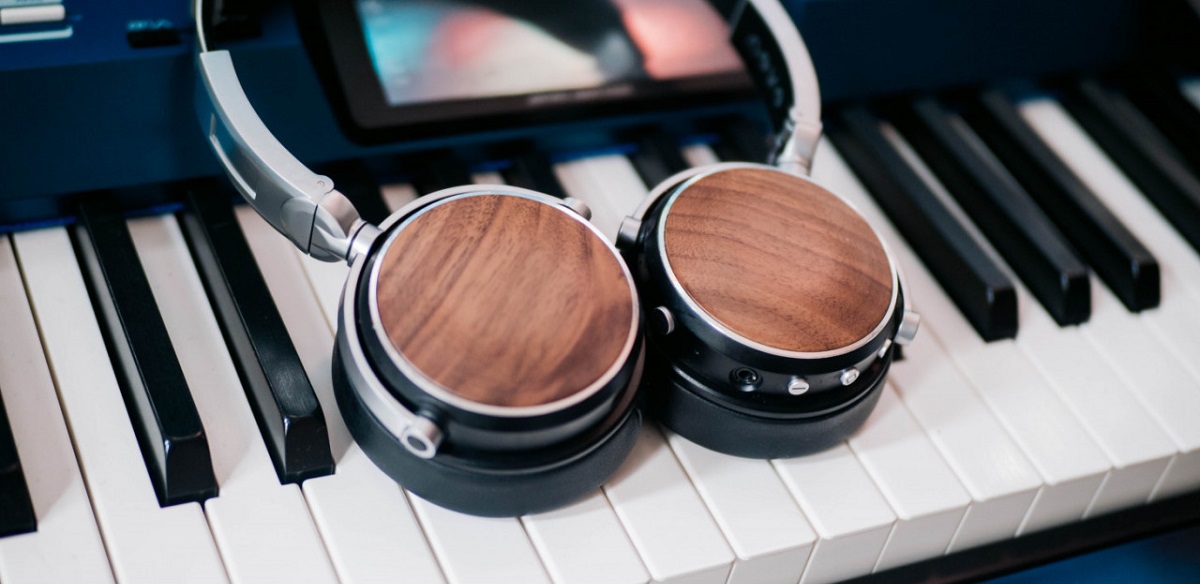Whether it is for monitoring a recording or editing, we need a headset capable of making us hear the smallest details choosing a good headphone is always not the easiest task. For mixing like mastering, in addition to this detailed listening, we should find headphones that cover the widest spectrum possible and can provide us with the most homogeneous, faithful, and linear rendering possible.
The task is not easy since the market is represented by a mass of models, from budget to top-end. You can get a general idea about the studio headphone, but about a specific model, it is better to learn from the headphone reviews on Headphones Arena.
And we will consider the two most common types of headphones for the studio.

Sound of studio headphones
Studio, monitor headphones should have a smooth, detailed, and natural sound. It is a working tool and in many headphones for monitoring or information listening to music is frankly boring. Yes, everything is audible, and all instruments are natural. But, firstly, the “jambs” of the recording are heard, if any. And secondly, the sound is not “decorated” in any way.
Over-ear headphones
Over-ear headphones are used in studios to monitor sound while recording voice and musical instruments. Usually, they are very loud, since they effectively isolate the listener from the sounds surrounding him, reducing the effect of external noise on listening. The low frequencies in the sound so that many studio monitors can be envied and the stereo effects with moving the sound source from the left to the right ear are simply excellent.
They also have a drawback – they create a lot of pressure inside the auricle, which in turn enhances low frequencies. However, the constant work in such headphones is very tiring.

On-ear headphones
This type has both its advantages and disadvantages. Their sound is considered the most natural and suitable for listening to music and mixing tracks. They have an even frequency response and a wide frequency range.
There is one drawback in them: There is no soundproofing. This is a big problem for drummers, trumpeters and other musicians with very loud instruments.
For these reasons, open models are more suitable for mixing and mastering tracks. They will help you to build the right balance of instruments, properly work, pan, and mix them.

